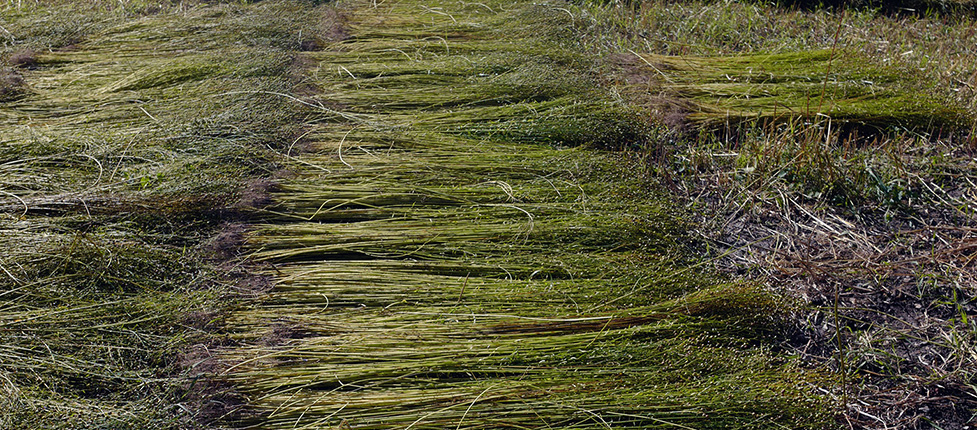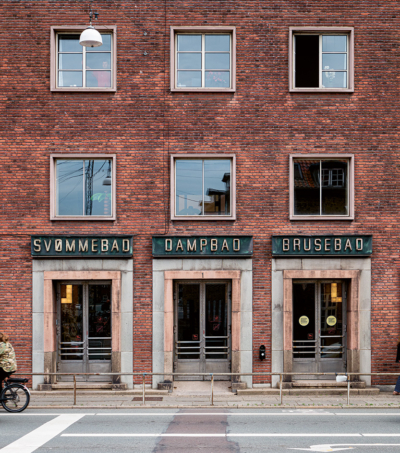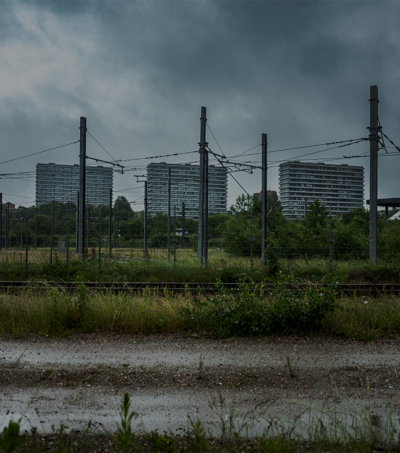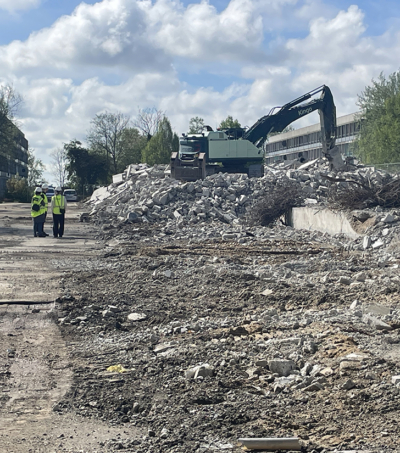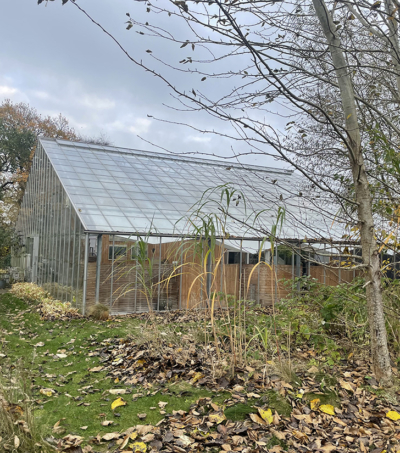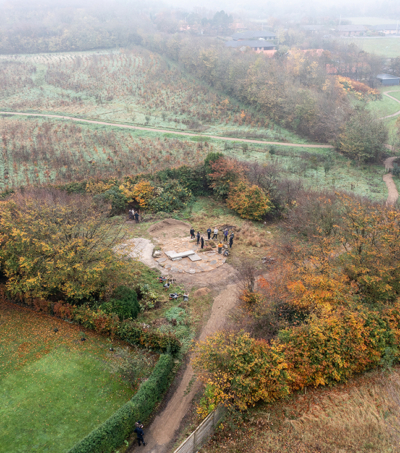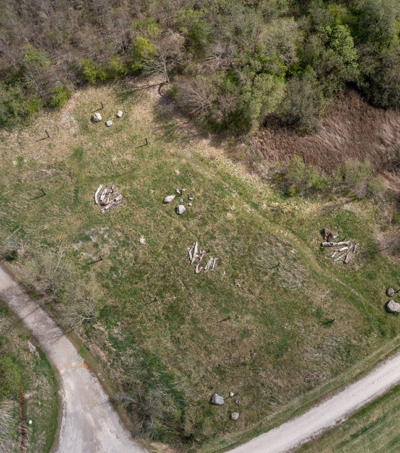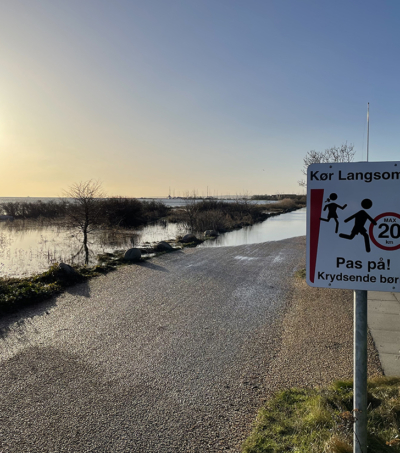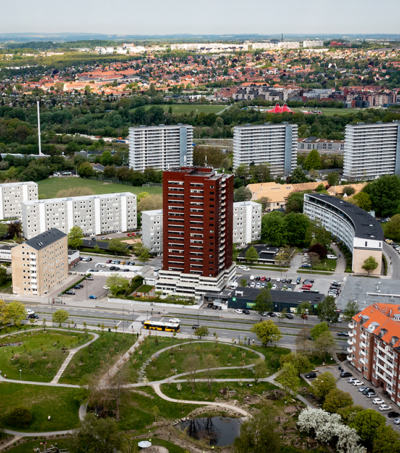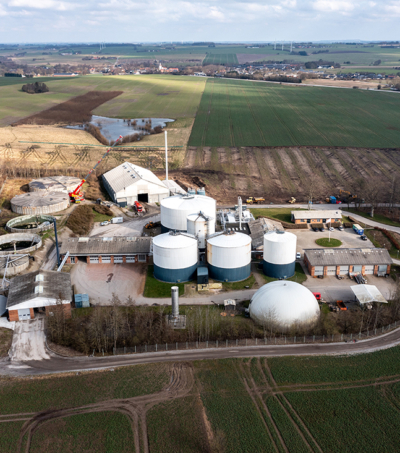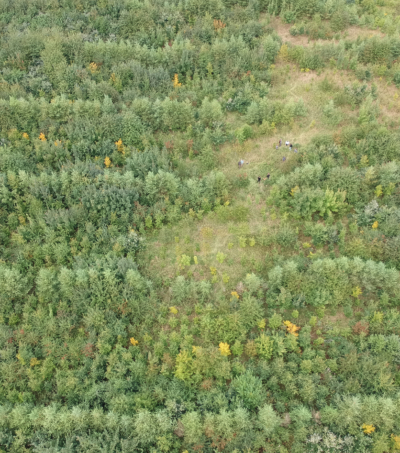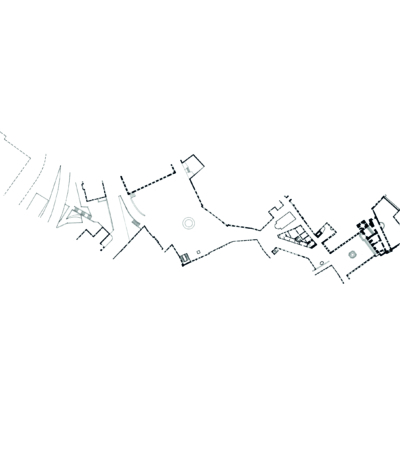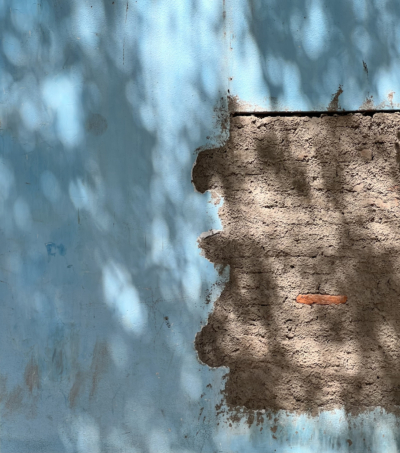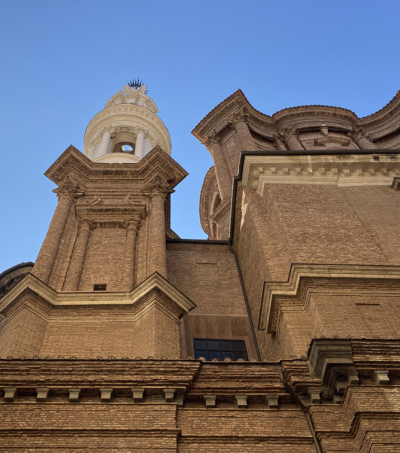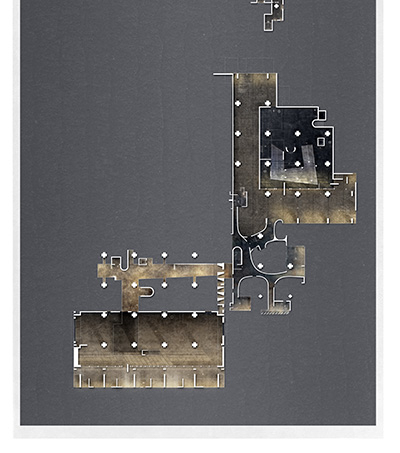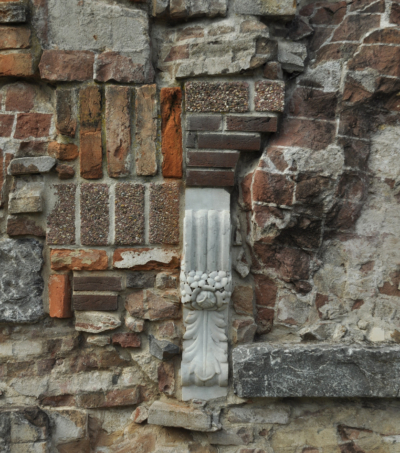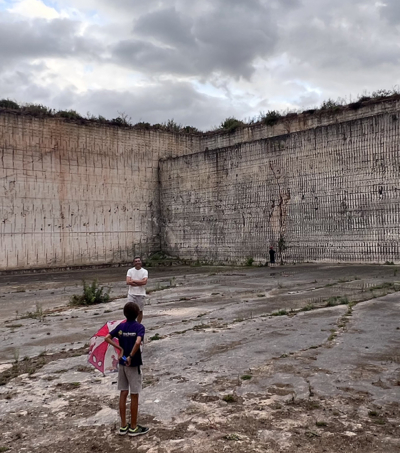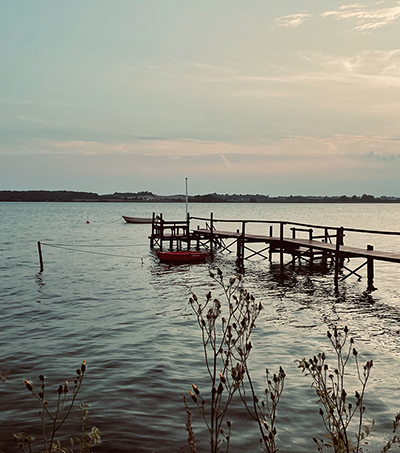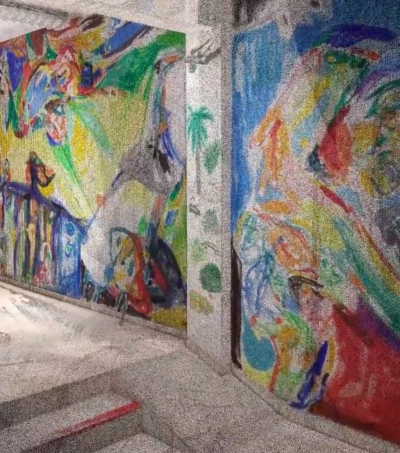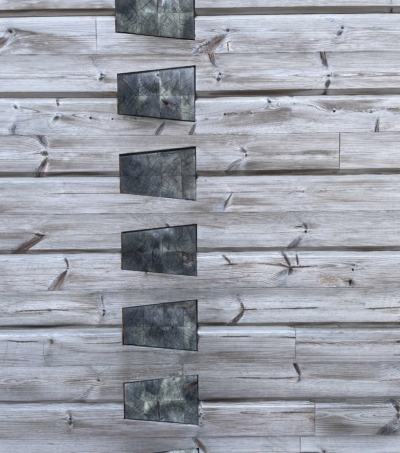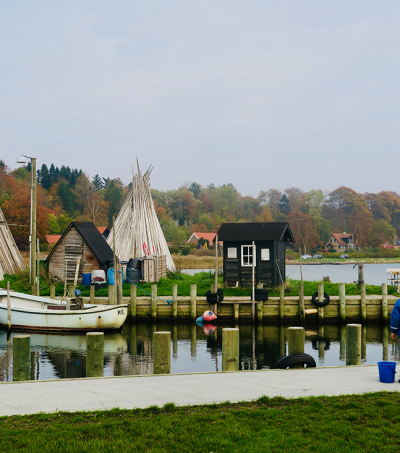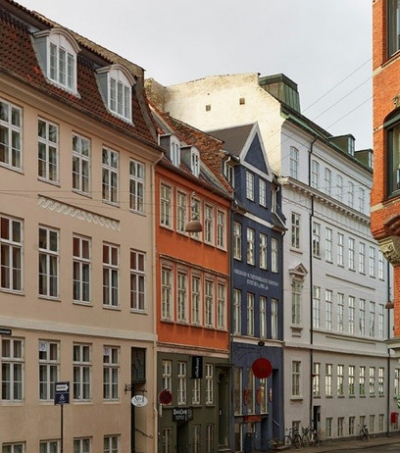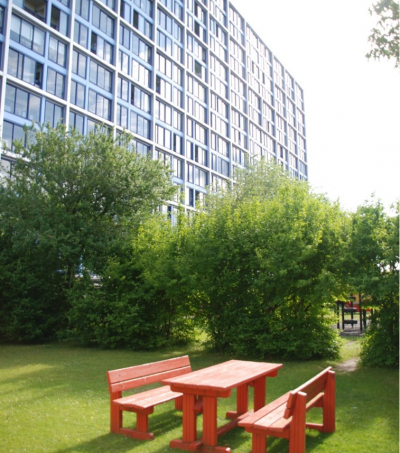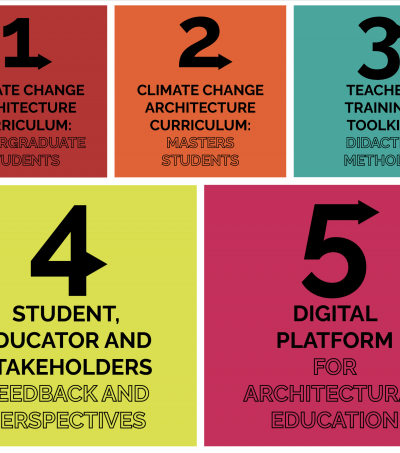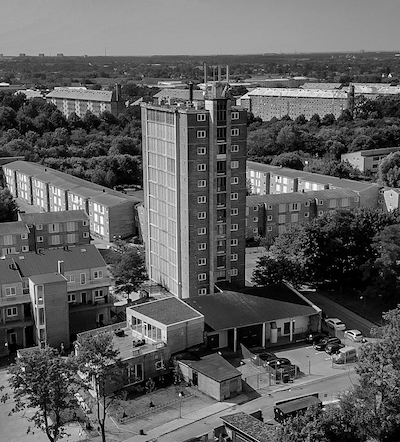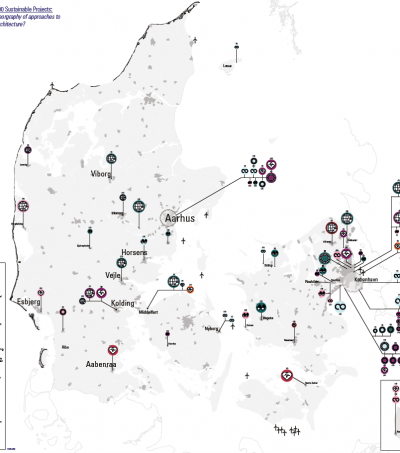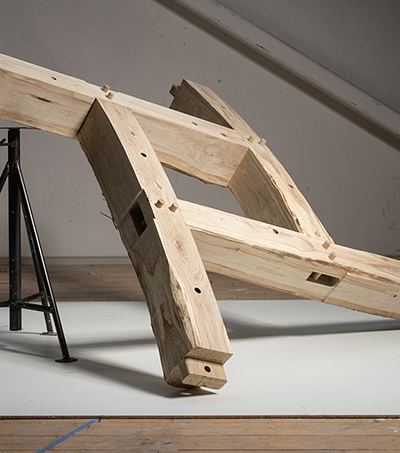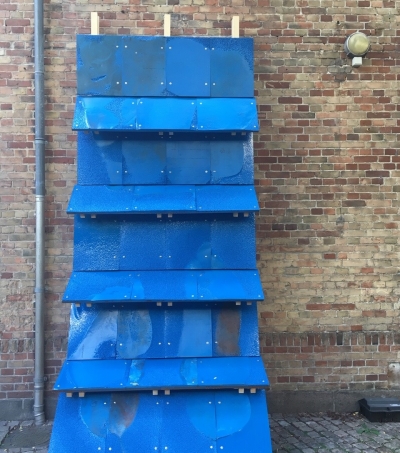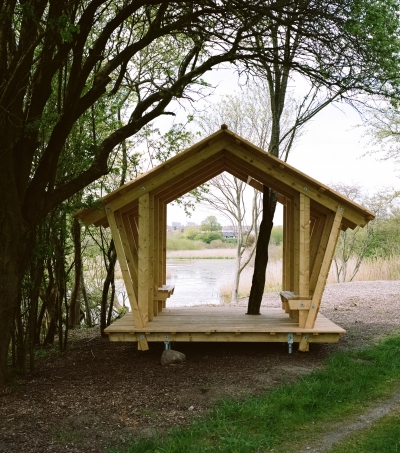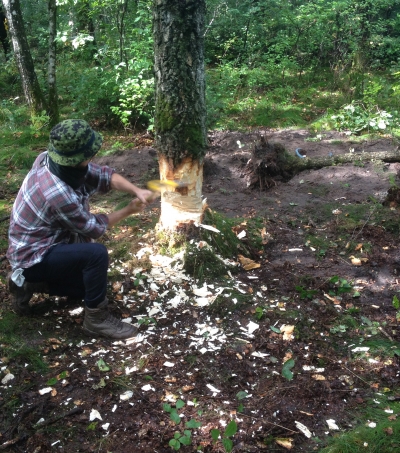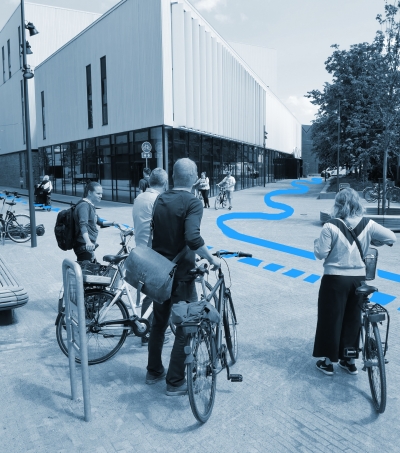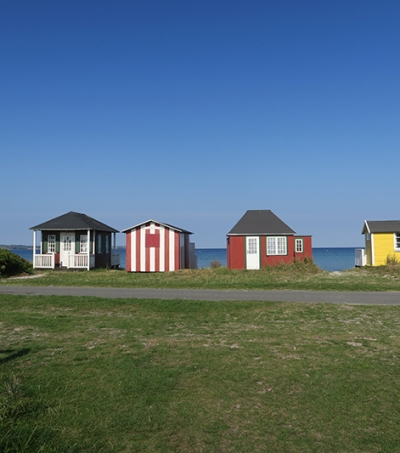A paradigm shift is underway in the built environment and in architecture. It marks a movement away from a global society of production and consumption towards a new regenerative mindset and approach – one that respects nature and planetary boundaries.
This shift will challenge our understanding of construction and the good life. Among other things, it entails a new architectural aesthetic that connects closely with nature, materiality, the social, technology, the environmental, and the geopolitical. But how do we talk about this necessary shift—what it implies and what it means for architecture?
This is what Aarhus Center for Regenerative Construction is exploring through a communication initiative made up of several formats: a series of interdisciplinary conversations called Regenerative Dialogues, and in-depth discussions called Extended Dialogues, held at Aarhus School of Architecture. These conversations will be part of an upcoming publication on regeneration — a collection of texts that will also contribute to developing a shared professional language around regenerative construction.
Programme/
Extended Dialogues #1
20 February 2025
Extended Dialogues #2
20 May 2025
Extended Dialogues #3
31 October 2025
Extended Dialogues
The conversations are grounded in the potential of a new design and construction practice, working to create connections between the local context (the soil, the field, the forest) and the built environment. The aim is to lay the foundation for a new regenerative architecture based on more context-driven creation, reliant on reuse, the production of biogenic materials, and local narratives.
Through the extended dialogues, we explore across disciplines, how we can move forward in creating a new architecture rooted in a thorough mapping of the situated landscape and its history, combined with more speculative idea generation that responds to the current climate and biodiversity crisis. The vision is to create the architecture of the future in alignment with planetary boundaries.
Regenerative Thinking
The regenerative grows out of rootedness. This rootedness concerns the local and its organisms, but equally, it implicates the ingrained patterns of human (habitual) thinking. Regenerative thinking is based on a desire to gain insights and discover possible pathways for engaging with the new climate regime. This approach involves in-depth investigations of soil and plants, not only their physical grounding in a particular place, but also their invisible connections to the climate and atmosphere. In other words, the Cosmos, which unfolds material life cycles and networks.
The regenerative is an expanded understanding and inquiry that ranges from planting seeds in the soil to cultivating mosaic fields, observing the regeneration of damaged landscapes, cities, and buildings, and thereby nurturing diversity, regenerative materials, and new structures. Regeneration is expressed both in thought and design, in relation to architecture and tectonics, explored through situating: a material relationship with the earthly, the terrestrial.
It is a design approach grounded in empirical exploration of both modern and premodern tectonics and their materials, from the outer skin to the inner tectonic core and surface, or vice versa. In even the smallest detail of material form-making and craftsmanship, we seek a shared understanding of how building is connected to the Earth.
CONTACT
Relateret
MAYBE YOU’RE ALSO INTERESTED IN THIS

